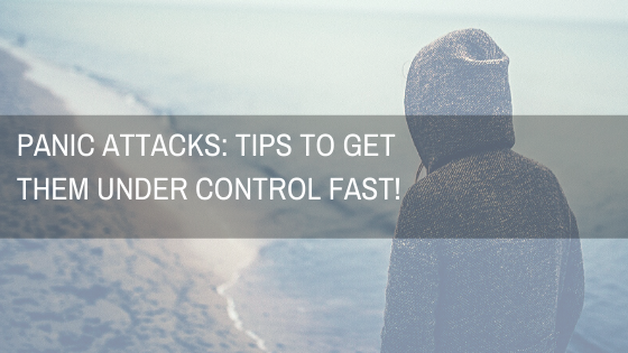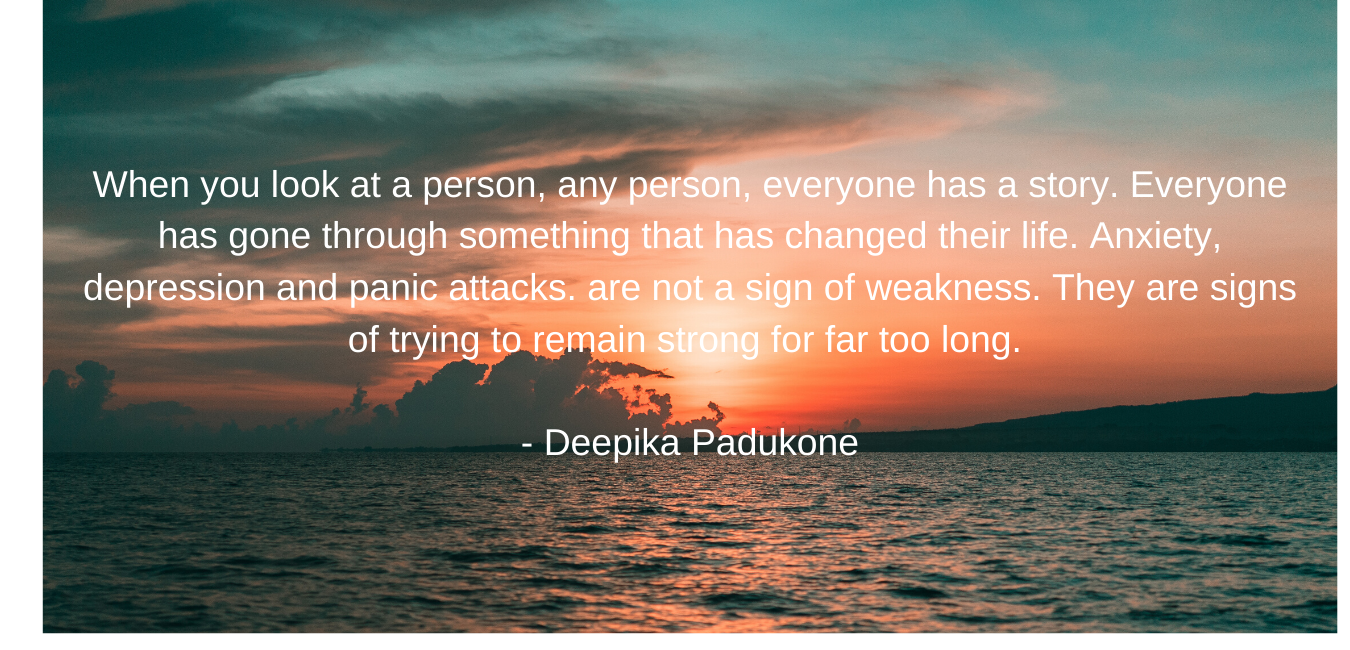|
For my second blog post entry I thought I would write about something that packs a bit of a punch. Panic attacks. Having had a few panic attacks across my life, it isn’t a feeling you forget in a hurry, especially since you feel like you are dying during a panic attack!
It is a problem that brings many of my clients to seek therapy. Panic attacks can be intense, debilitating and can significantly impact a person’s life. But everyone’s triggers are different. For example, my very first panic attack was in response to a bereavement. for another person it could be getting on a train. The symptoms are intense and typically reach a crescendo after 10 minutes before they start to dissipate. For a lot of the clients I see panic attacks are a regular feature in their lives. Panic attacks can be experienced as a one-off but they can also be experienced frequently as part of panic disorder. So, what is panic disorder exactly? Panic disorder is where a person will experience persistent and unexpected panic attacks for at least one month. The person will then start to become fearful of having another attack and their behaviour will start to shift as a result of the fear of an impending panic attack (e.g. avoiding triggers leading to potential panic attacks). This can have a devastating impact on their life as they become more avoidant of whatever maybe triggering their panic. Panic attacks can also accompany another emotional disorders like OCD, social anxiety, PTSD or depression. So, let’s talk panic attacks….. According to the DSM-IV (Diagnostic and Statistical Manual of Mental Disorders) panic attacks are characterised by; Having four or more of thirteen symptoms that develop abruptly and reach a peak within 10 minutes. Panic attacks usually last between 5- 20 minutes. If they do last longer this could be because a second panic attack has occurred or the sufferer has anxiety. The common symptoms of a panic attack include:
Sound familiar? If yes, then you are not alone. In 2013 there were 8.6 million cases of anxiety in the UK! I am pretty sure that number will have risen these 7 years later. So, how do you stop a panic attack? I am going to give you 5 of my top tips for managing panic attacks…
Sometimes knowing EXACTLY what is happening to your body can help you fight the symptoms and can have an effect of soothing you. The adrenaline response system is a survival mechanism in the body. The human ‘fight or flight’ response has protected us for many years by helping us to respond quickly and effectively to danger. The symptoms experienced during a panic attack are usually designed to help us to move quickly out of danger or to fight the danger off. Millions of years ago we had to actually run away from and fight predators! The same system remains today! The symptoms that enable this survival instinct will NOT hurt you! It is your body helping you survive by activating you to run or fight. 2. Challenge your anxious thoughts. Most people with panic disorder will be convinced that their panic will lead to a physical catastrophe due to the intensity of the bodily symptoms (e.g. 'I am going to faint'). Believing this will serve to maintain further panic. Let’s look at another common thought that can occur during panic. ‘I am going to have a heart attack’ One thing I would suggest with this particular thought is to approach it with a curiosity …..Why is my heart beating faster? What is the bigger picture? What is the function of the symptom that bothers me most? For instance, if you are worried about your heart beating faster or harder and you are convinced that this will lead to a heart attack during a panic attack, then consider this alternative; the sensation of your heart beating fast is normal and designed to do so in response to a real or perceived threat. The heart needs to work harder to help more blood flow to re-direct down to your legs and to your arms to help you run away or fight. Without this response we would have been eaten by predators back in the day and died out quickly as a species! The chest pain that you might experience during a panic attack is most likely the intercoastal muscles in the rib cage tightening as your rib cage is expanding due to your lungs working harder to take in more oxygen Why is my breathing increasing you might ask? Is this dangerous? The answer is no. More oxygen is needed to carry the blood to the major muscle groups in your body. We need to take in more oxygen to allow for a re-direction of blood flow to your legs and arms so you can run or fight if you are in danger , which is why your breathing rate will increase. Every panic symptom will have a non-dangerous , survival function, rest-assured! 3. Control your breathing This is one of my favourite techniques for managing a panic attack! Sometimes it can be difficult to challenge your thinking in the midst of a panic attack. As I mentioned your breathing rate during a panic attack increases so you will take in more oxygen, which will create an imbalance of Co2 versus oxygen in the body. Often during panic we are not running away or using up the extra oxygen in the body which is the reason for some of the uncomfortable symptoms BUT remember they are not harmful! A specific breathing technique involving deep breathing from the diaphragm will stimulate a very important nerve in your body called the vagus nerve. This also in turn activates your relaxation system (or ‘rest-and-digest’ system). This is how you do it…… Imagine you have a balloon in the centre of your body (just under your ribcage where your diaphragm is located). As you breathe in imagine you are blowing the balloon up and pushing your belly out and as you breathe out the balloon slowly deflates and your belly goes back to normal. The exhale breathe is KEY to help you lower your own heart rate and calm you down so make this longer than the inhale breathe if you can. Try breathing in for the count of 4 and out of the count of 6. 4. Ground yourself! The symptoms of anxiety and panic will naturally pull your attention INTERNALLY or towards yourself. You will be hyperaware of your body, your thoughts and feelings , as this is the body’s way of preparing you for flight or fight but IF there is no real threat that you need to escape from then you can gently try to focus your attention EXTERNALLY by using your 5 senses. The effect of this can be very soothing. Look around you and observe: 5 things you can see 4 things you can hear 3 things you can touch (e.g. texture/temperature) 2 things you can smell and 1 thing you can taste. 5. Review your wellbeing! My last tip is to reflect on what the appearance of panic attacks in your life might be signalling….. Are you neglecting something in your life? The basics? Are you eating well? Sleeping well? Hydrating yourself efficiently? Moving your body enough? Exercising ? Do you have any deficiencies? Are you connecting socially? Feeling depressed? Is there another anxiety problem such as PTSD, OCD, social anxiety ? If you identify concerns with any of the above then develop an action plan about how you are going to target this, seek support and devise small, realistic goals to help you move you towards change. I would also advise a course of Cognitive Behavioural Therapy (CBT) as per NICE guideline recommendations*. At The Therapy Space we offer CBT for panic as well as CBT for depression and anxiety in Chelmsford, Essex please click the ‘contact me’ page or https://www.thetherapyspacechelmsford.com/fees--contact.html to find out how I can support you to recover from emotional difficulties and reduce symptoms of panic. Thank you for reading. Keep well this month. Gill | The Therapy Space Chelmsford * https://www.nice.org.uk/Guidance/CG113 Have you ever experienced panic? What is your top tip for managing them? Please feel free to share in the comments below
0 Comments
|
AuthorBlog articles will be landing monthly from January 2020! ArchivesCategories |



 RSS Feed
RSS Feed